Container gardening
Container gardening is a great way to fulfill your desire to grow and cultivate all kinds of plants. It can be done in
virtually any container from a small yogurt cup to a window box, wooden crates or a decorative clay pot. Even old soda bottles and polystyrene containers have been used by gardening enthusiasts. Gardening with boxes can be done virtually anywhere. If you have a terrace, a yard or an unused piece of ground that you want to use any of these will offer you opportunities to place bins, pots or buckets that can be used to grow your desired plants. Even if you are a flat dweller and have very little space available, there is always a windowsill that can be used to place a few pots to grow flowers, vegetables or succulents. Potted plants can bring atmosphere and live into any environment and improve the living conditions for people
who are living in apartments. Plants filter dust
out of the air are pleasing to the eye and produce oxygen.
Whether you want to grow fruit bearing plants or flower producing ones you will have to satisfy their basic needs for them to prosper.
Getting started with container gardening
Plants need air, a growing medium like soil, compost or sand, water to drink, light, and space. While you should be able to provide your plants with an excellent growing medium plenty of air and water you might not be able to supply plants with full sun positions if you are living in a flat or apartment. So it is best to read up which kinds of plants would be suited for your environment. While most plants love positions that offer them sun all day round, there are as well others that prefer semi shade and shady places to grow.
Another important thing to consider is the size of the container you are going to offer to your plants. While you might be able to successfully grow a succulent or a cactus in a small pot, the same container will be hopelessly small for a tree. Many plants grow enormous root systems to cling firmly to their place and nourish themselves and their fruit. Its a good idea to read up about the space requirements of the plants you intend to grow.
A visit to your local nursery can help as well to make qualified decisions. You can have a look around to look at the plants you had in mind for your home or might even get some new ideas. Ask the staff at the nursery for advise.
Once you have made up your mind which plants you would like you have to decide if you want to grow them from seed or purchase small plants (seedlings) from your nursery.
For people with limited space it is probably best to purchase seedlings which can be straight away transplanted into your pots and containers at home.
Most
seedlings should have at least 4 leaves before you should transplant
them into a bigger container. A very important part of a successful
container gardening project is the choice of growing medium you prepare
for your plants. For succulents we use a mix of sand with a 10% addition
of worm castings for all plants that like rich organic matter we
prepare a mix of equal amounts of
sand, compost and worm castings.When
you got everything in place
- Make sure your plant
container has holes at the bottom to allow access water to drain. Place
a saucer or something similar underneath the plant container to collect
water that might otherwise run off and stain your windowsill or
furniture
- Fill the container with the mixed growing medium and leave a hole big enough to hold a seedling and its roots.
- Get your seedling out of its small pot and place it carefully with soil and roots in the hole of your plant container.
- Push the soil around the plant carefully down to compact it slightly and help the plant to stay in place.
- Water the plant well once a day or every second day for at least a week to prevent the seedling from drying out.
- Once the seedling starts to grow in its new environment reduce the amount off water you give.
Each plant has slightly different needs but with these easy steps you should be able to get off to a good start for your container gardening project.
Please note that the watering instructions above are not suitable for succulents or plants that need very little water. Unfortunately not every plant grows well but if you do your research and follow our planting and watering instructions most of your seedlings should develop into beautiful healthy plants.
One special step I take with all my container gardening plants is the addition of 2 to 3 earthworms to the pot once I planted the seedling. The worms are very beneficial for
the plant. They will aerate the soil and constantly produce worm castings which will feed the growing plant.
If you want to find out how to grow flowers, herbs, and fresh vegetables in an indoor garden have a look at www.indoorgardens101.com.
----------
Return from "container gardening" to the "Home page".
-----------
Find out more about the benefits of Earthworms
-----------
The joy of square foot gardening
-----------
-----------
-----------
---------
Natural way to clean a clogged drain
----------
For questions or suggestions please contact us!
----------
Worm Farming a good Green business idea
-----------
10 reasons to start a worm farm
------------
-----------
-----------
-----------
-----------
----------
More information about container gardening
Search / Suchen
On SPECIAL
"How to start a profitable worm business on a shoestring budget
Order a printed copy from "Amazon" for only
$11.95
or a digital version from the "Kindle" store for only
$4.95
Prices valid till 31.12.2025
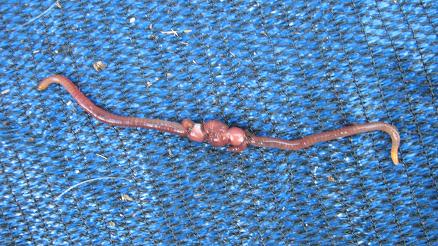
Our New Book
Order the Kindle E-book for the SPECIAL PRICE of only
$3.95
Prices valid till 31.12.2025!
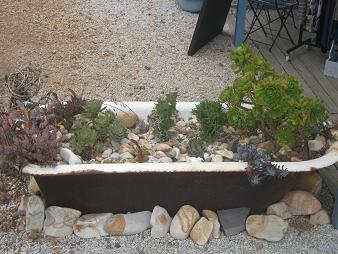
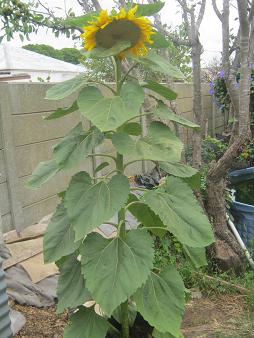
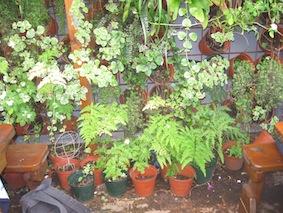
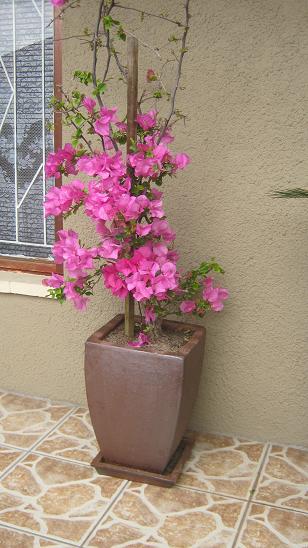
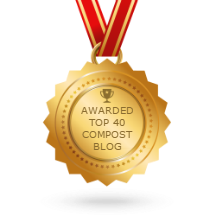

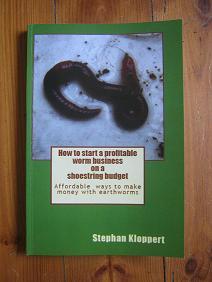
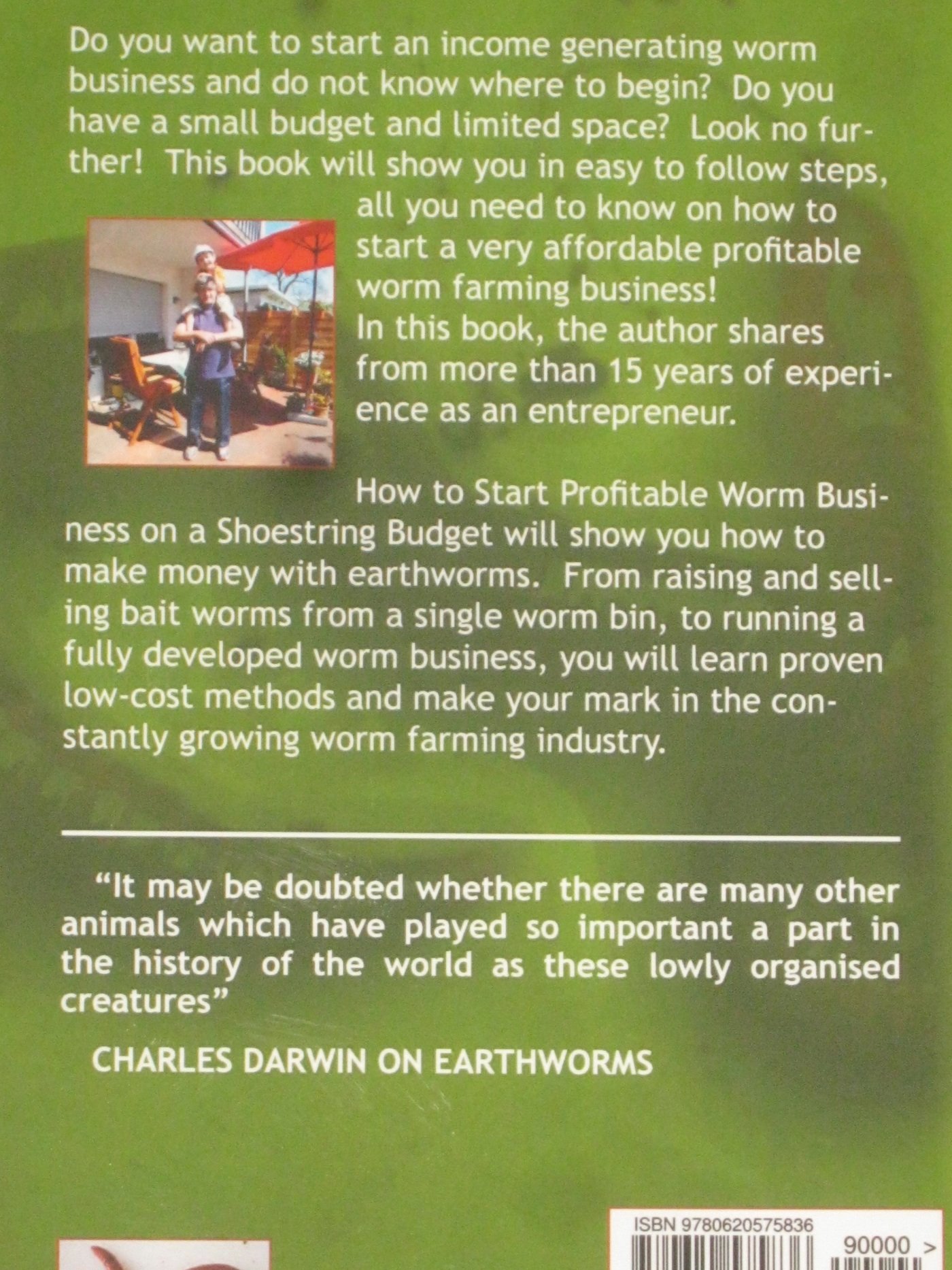

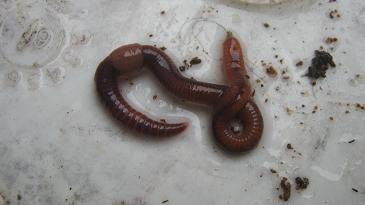
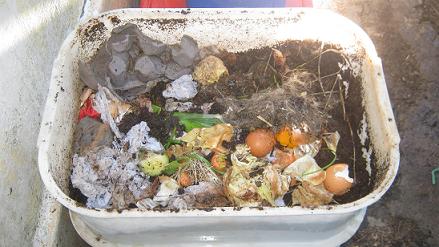
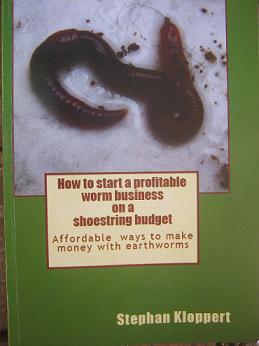
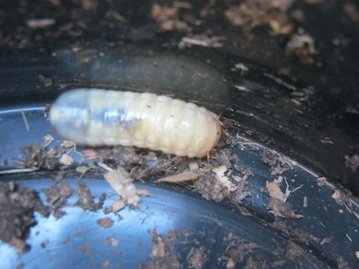
New! Comments
Have your say about what you just read! Leave me a comment in the box below.